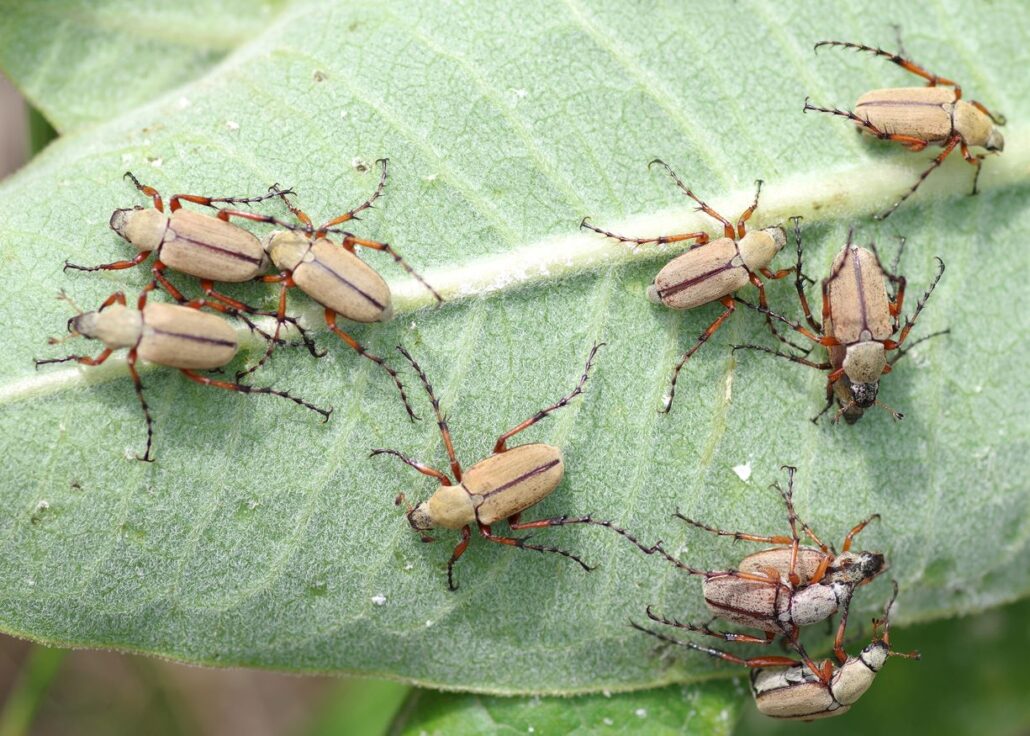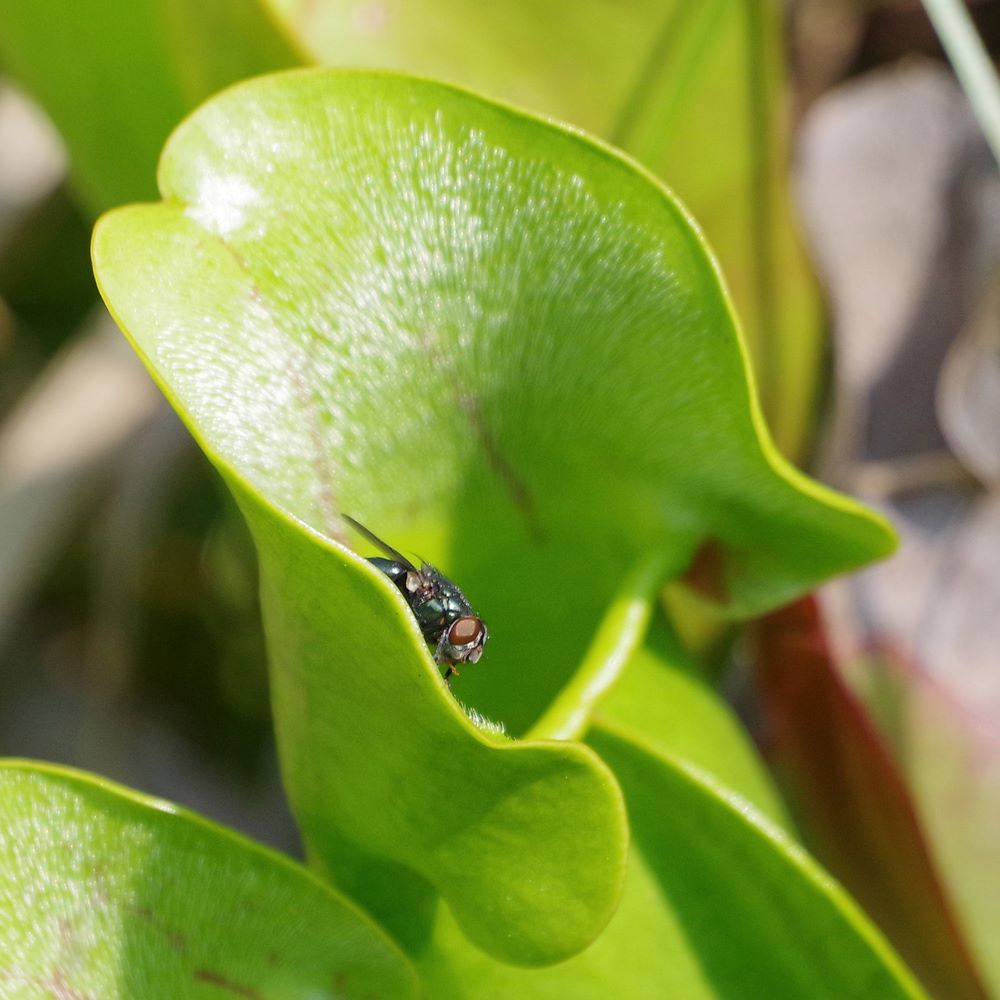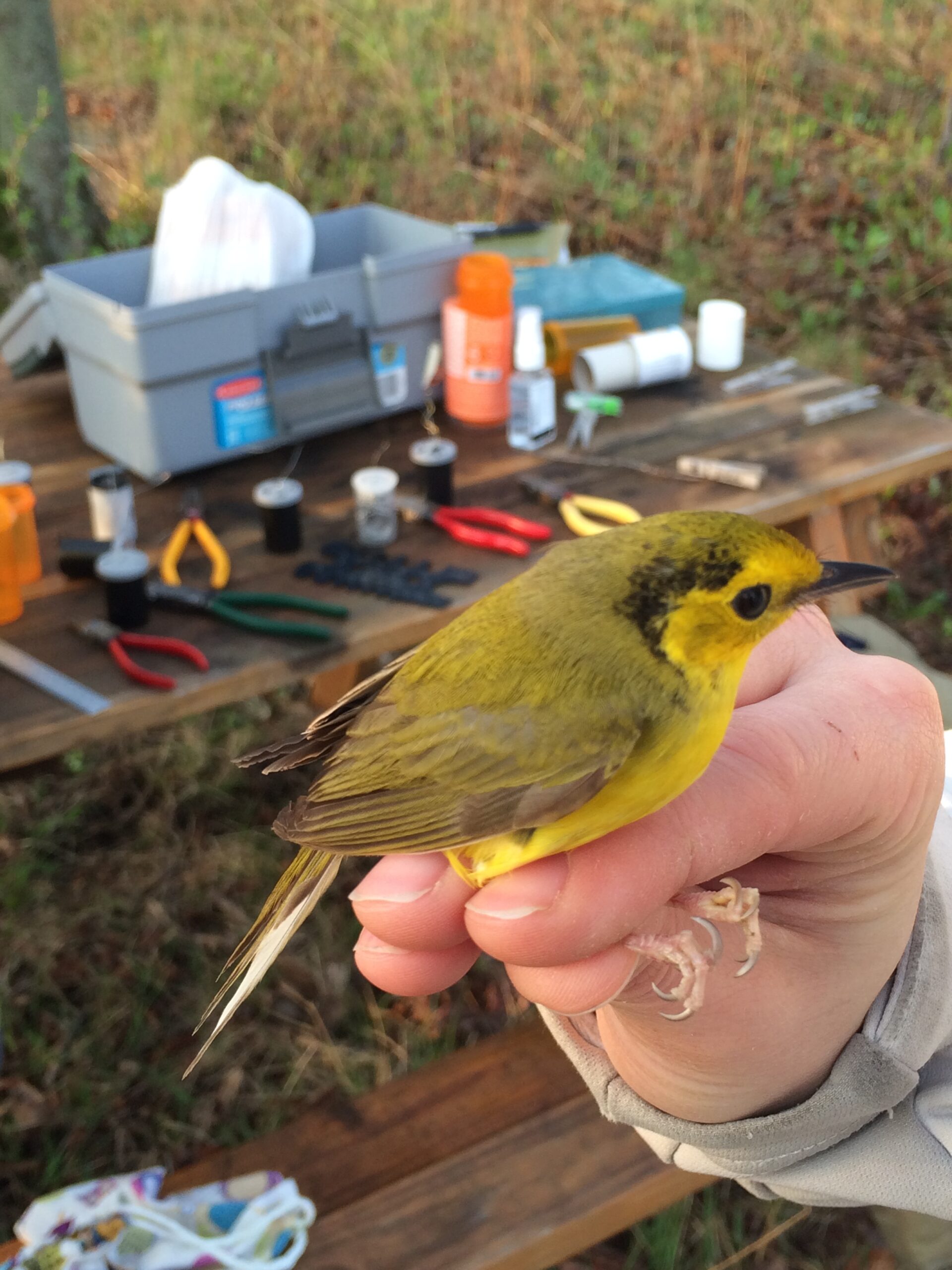
by Kate Redmond
Stream Bluets and Rivers
Greetings, BugFans,
The BugLady likes to “bug” (if birders “bird,” can “bug” be a verb for folks who are looking for insects?) along the Milwaukee River at Waubedonia Park because (surprise) it’s great for dragonflies and damselflies – she’s photographed 25 species there. Most productive are the small bays along the shoreline where water lilies and arrowhead grow and the current is negligible, but she’s also written about the crowds of ovipositing Powdered Dancers that favor submerged aquatic vegetation in the currents near shore https://uwm.edu/field-station/bug-of-the-week/powdered-dancer/.
About the time that the Powdered Dancers are peaking, the beautiful Stream Bluets are, too, and the vegetation along the riverbank flickers with tandem pairs. Males are “black-type” bluets – of the 35 similarly-marked and frequently-confusing species of bluet damselflies (17 species in Wisconsin), most are, as their name suggests, blue on some portion of their bodies. For “ease of identification,” they’re sorted into black-type, mid-type, and blue-type bluets based on the amount of blue in the male’s abdomen. However much blue is or isn’t there, the abdomens of most male bluets (except for the few that are red or orange) are tipped with blue, and the Stream Bluet has a deep “V” cut in the top side of that blue.
Female Stream Bluets, sometimes described as drab, have lovely lime-green bodies (unless they are blue-morph females) and a line along the thorax that the books call brown but that always looks gold to the BugLady. Unlike most species of bluets, female Stream Bluets also have some blue at the end of the abdomen.




Stream Bluets (Enallagma exsulans) are in the family Coenagrionidae (the Narrow-winged damselflies) and in the genus Enallagma, the American bluets. With a few exceptions, family members tend to prefer the edges of lakes or ponds ringed with vegetation, and except for picking moving water over still, Stream Bluets lead a fairly typical bluet lifestyle. Stream Bluets chase their prey – tiny insects – through the vegetation, making short forays in sheltered areas, but some fly out and hover over water.
Females may oviposit alone or with the male still clasping the back of her head (contact-guarding – to keep her from being swiped by a rambunctious rival male). She extends her abdomen to place her eggs in submerged plant stems https://bugguide.net/node/view/1149080/bgimage, but if she goes under completely (she may stay down for a half-hour), the male will let go. The eggs hatch soon after, the naiads feed, and the almost-mature naiads overwinter.
And Rivers ……. a rumination
If you could cut a cross section of a river, you’d find a seemingly infinite number of habitats and microhabitats in it, each formed by a specific combination of factors: water depth, the topography of the river (there’s a difference between the current in the “inside curve,” the “outside curve,” and middle of a river), erosion, the makeup of the bottom/substrate (smooth, rocky, pebbly, leafy, littered with tree trunks, etc.), types and locations of aquatic vegetation, the strength of its current, water quality (amount of dissolved oxygen and other gasses, sediment, pH (acidity), chemicals, and pollutants), light, temperature, available nutrients, and influences of the land at its edges and upstream. None of these factors is static – most can change quickly and drastically, and sometimes permanently. And, because of the dynamics of water, if you cut another cross section 100 feet up or downstream, it would probably look different. Each of those habitats and microhabitats is attractive (or unattractive) to a particular set of organisms.
The same is true of a prairie or woodland.
Insects that live in rivers, either as immatures or as “lifers,” have the same needs as those that live in quiet waters – oxygen, food, some elbow room, the ability to get around, the need to hide from predators, a way to keep excess water out. A wide array of adaptations – of different ways to accomplish the same goal – allows a wide array of invertebrates to live successfully in the same habitat without using each other’s resources. River dwellers have an additional requirement – in water that is always moving, they need a way to stay put.
Waubedonia dragons and damsels oviposit in their favorite slice of habitat and their naiads spend about a year ambushing their prey as they sprawl on underwater rocks, plant leaves, and stems or while they hide in muck and debris on the river bottom.
“If the creek don’t rise,” they will complete their life cycle in the same area, but the creek does rise, sometimes dramatically.
How do you even study something like this? It’s hard to investigate the effects of flooding when floods are, often, sporadic and unpredictable. When the BugLady started researching this, she expected that she might find a few notes from disgruntled grad students saying “I was studying the macroinvertebrates of X River and we had a big flood and my plots were swept away and the bugs are all gone.” But there wasn’t much out there (thanks, BugFan Bill, for helping to find and access some research). There were a few studies/observations of flooding with respect to mosquito populations, and to Odonates as potential biocontrols of mosquitoes and as indicators of aquatic ecosystem health.


Whether from a summer storm or spring ice melt, floods mix things up. After the initial blast of a flood, there can be long-term fallout. Among many other effects, floods revise/scour the contours and textures of the river bottom, carrying away nutrients and shelters (but then delivering more), reshaping channels and changing currents, removing predators (and delivering more), and putting a load of silt into the water that cuts down light for photosynthesizing plants, and settles on underwater surfaces – including invertebrates.
The BugLady is stunned by the enormity of the changes that a flooding event may trigger for critters that are a half-inch long and less. Their ability to stay in place depends on whether they can find get out of the current fast enough, so species that lead a sheltered life on the downstream side of a rock or tree trunk are at an advantage, but more mobile individuals must literally swim for their lives, and those that are weak swimmers don’t stand a chance of staying put.
One study showed that in a single spring thaw event in New Zealand, 50% of the macroinvertebrates were washed away! Another postulated that populations bounce back pretty fast after flooding as larvae that took shelter move back to their micro-habitats, and that the ability to take steps to avoid being washed away may impact a species’ fitness and persistence.
When the Urban Ecology Center in Milwaukee County records a new dragonfly species along the river, is it a gift from upstream?
The BugLady is still wrapping her head around this. So many moving parts.
Kate Redmond, The BugLady
Bug of the Week archives:
http://uwm.edu/field-station/category/bug-of-the-week/


















